Inside All About Space issue 129, on sale now, discover why our cosmic neighborhood may be the strangest place in the cosmos with 25 extraordinary facts about the solar system.
Subscribe to All About Space
Get All About Space delivered straight to your door or digital device. Subscribe to All About Space from $8.50 per quarter/three issues.
For this cover feature, we explore the solar system from potentially life-harboring winds on Venus to the strange liquid cycle on Saturn’s largest moon Titan.
Read more about the shrinking of Jupiter’s Great Red Spot and how both professional telescopes and amateur astronomers are monitoring the change.
Related: 10 extraordinary ocean worlds in our solar system (photos)
Elsewhere in the issue you can find out why we may need to copy birds to explore another planet faster and in more detail than ever before. You can also explore the anatomy and servicing procedures for the Hubble Space Telescope, and learn how it’s served as the backbone of modern astronomy for over three decades.
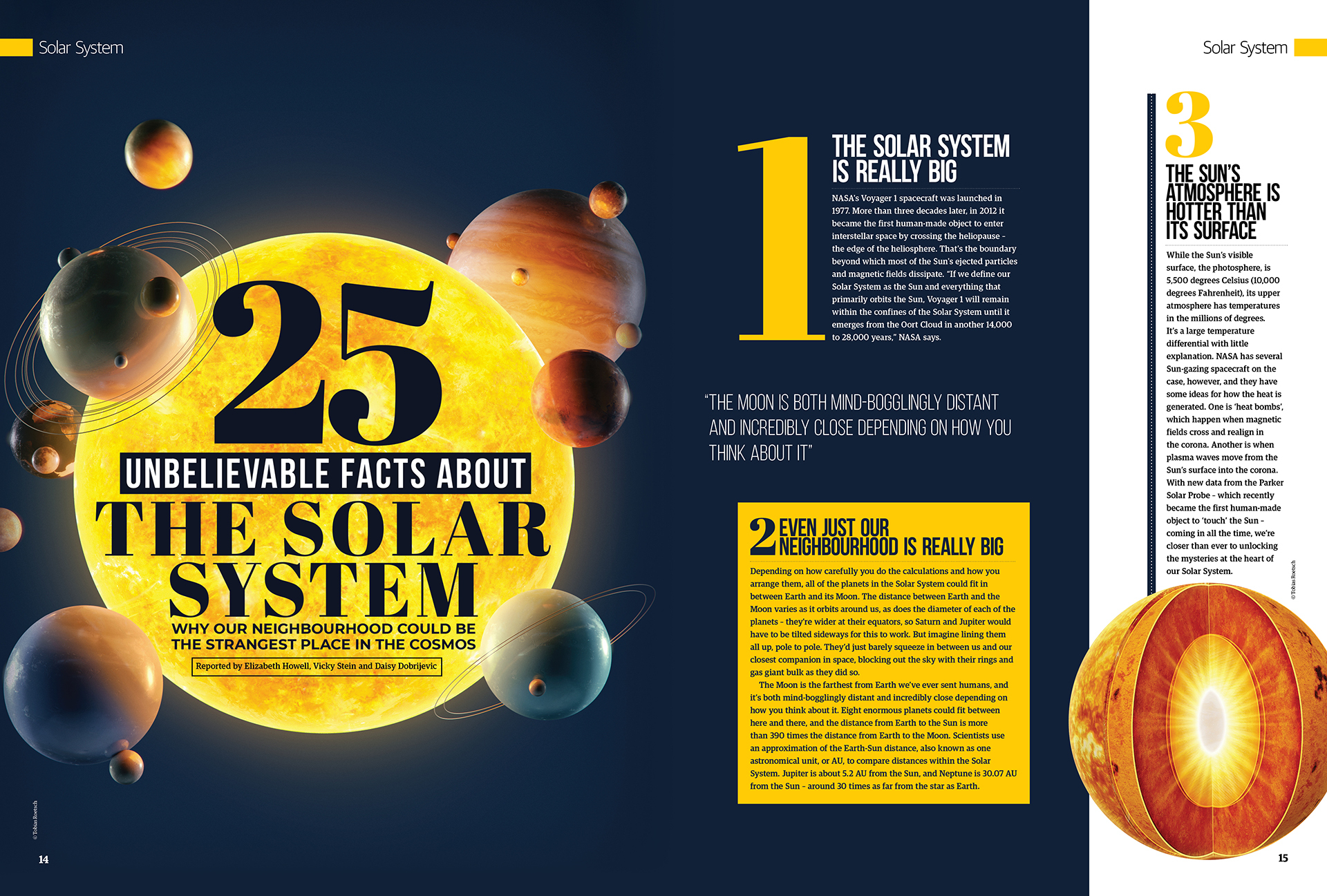

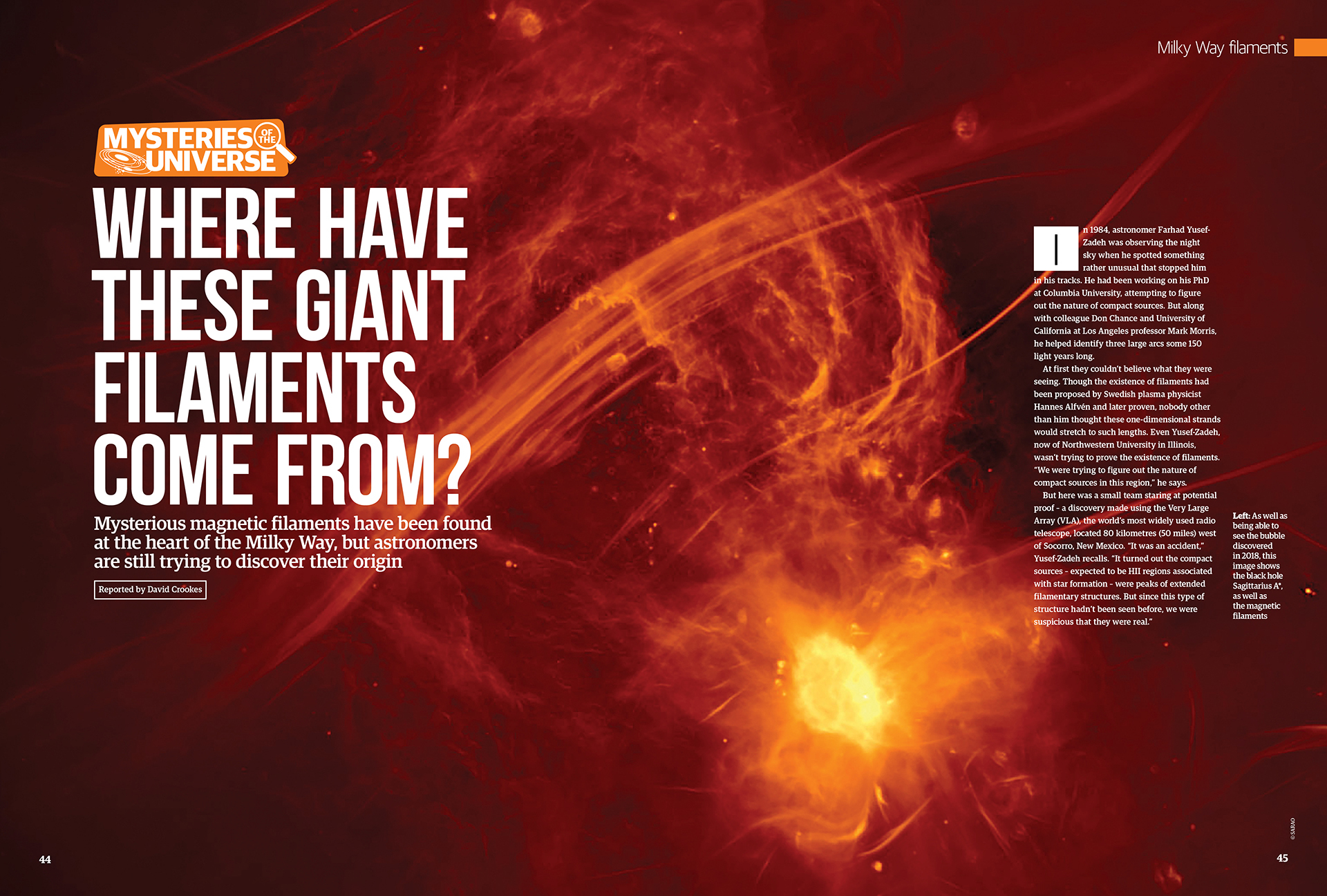
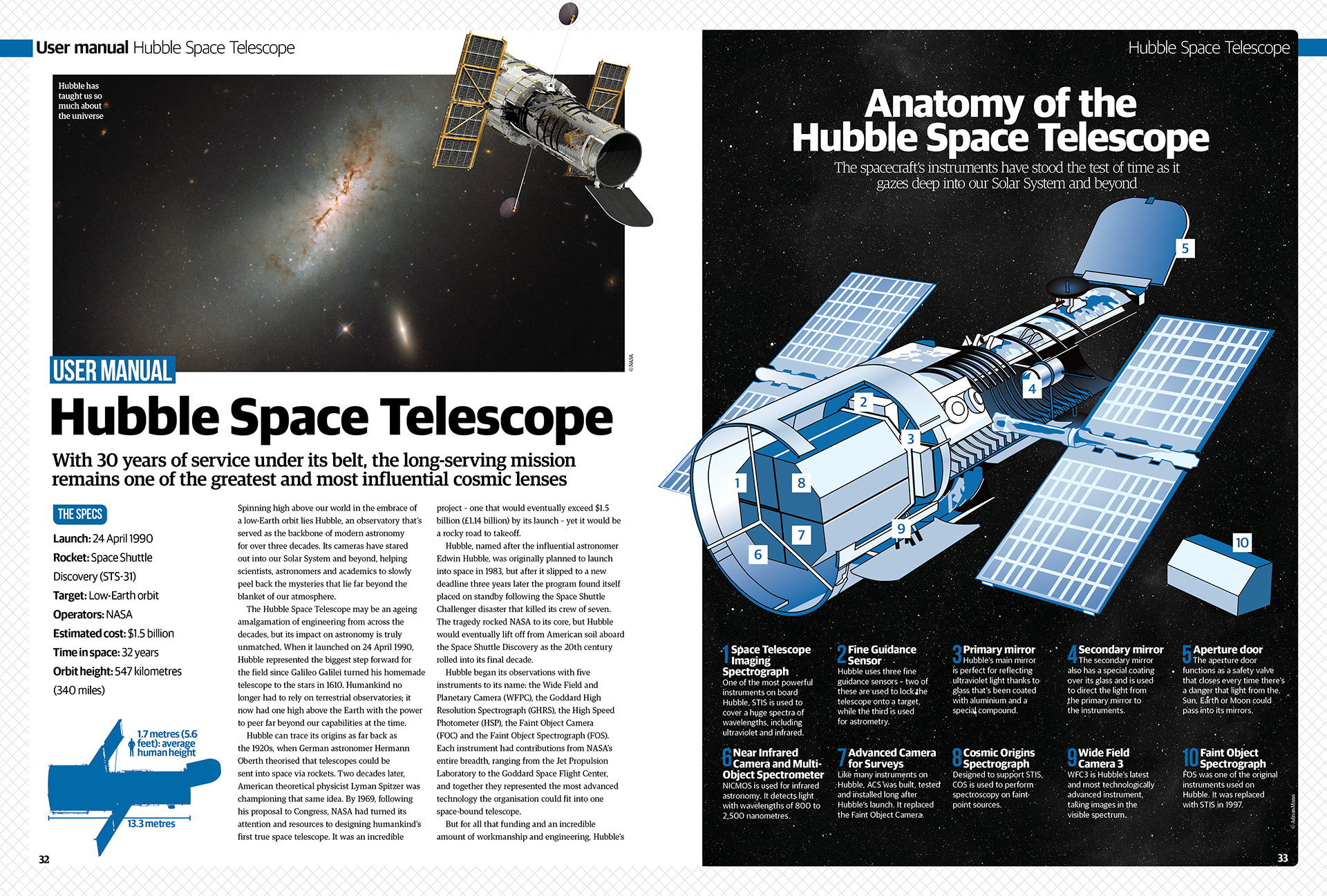
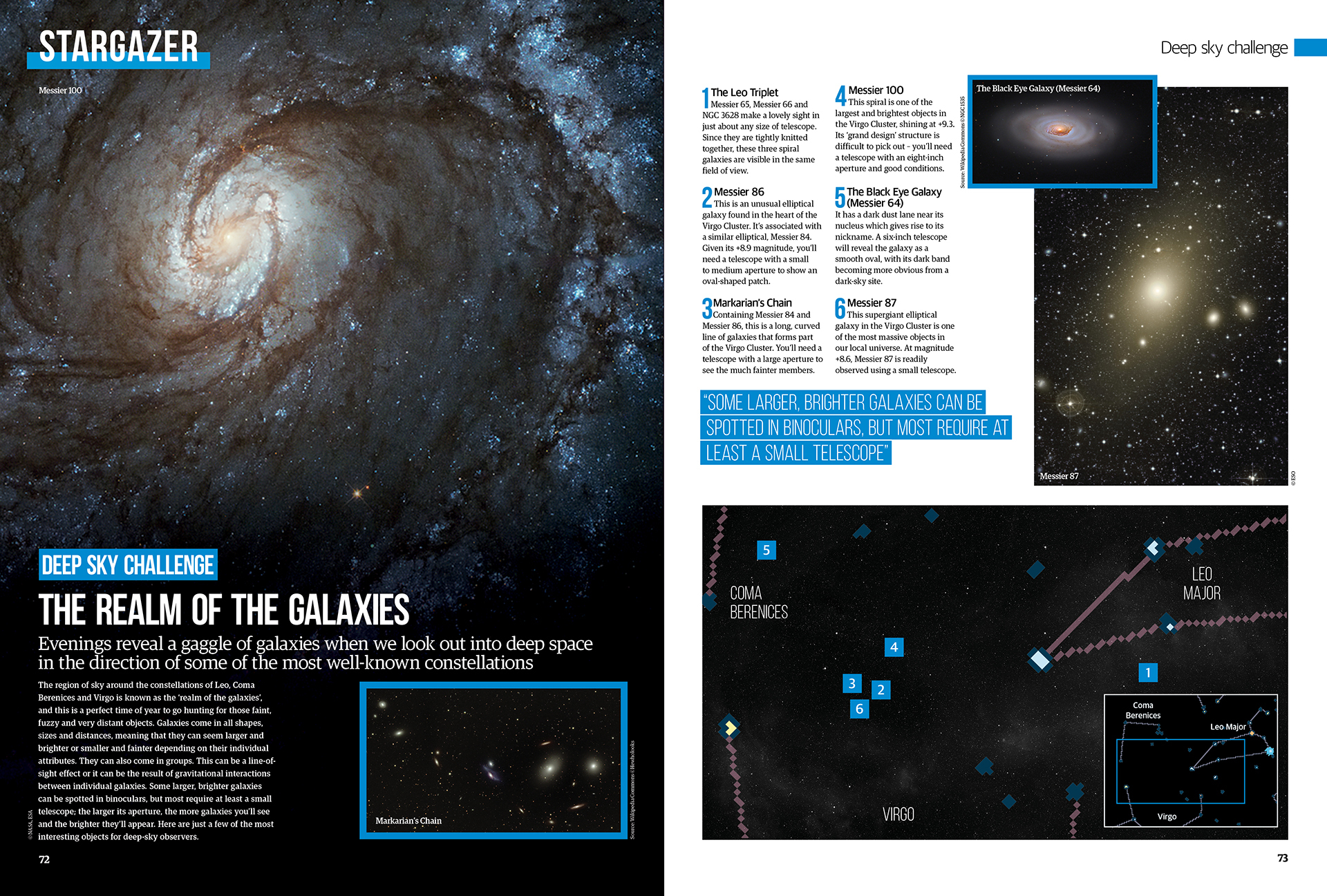
We also have an in-depth stargazer section filled with useful information on what to look out for in the sky, including naked eye and binocular targets and a deep sky challenge.
Take a look below for more details on All About Space issue 129’s biggest features.
25 unbelievable facts about the solar system
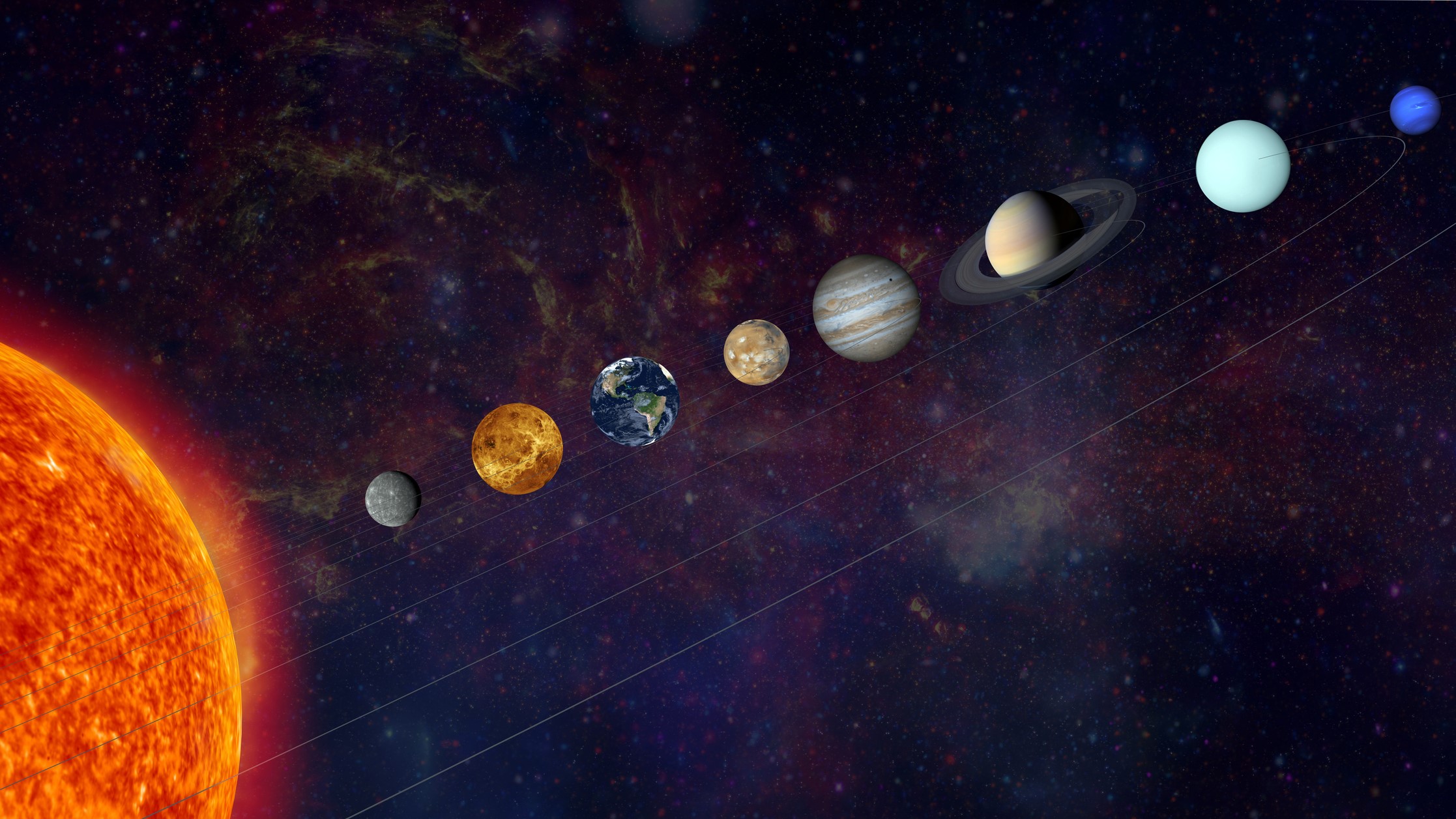
Depending on how careful you do the calculations and how you arrange them, all the planets in the solar system could fit in between Earth and the moon. The distance between Earth and the moon varies as it orbits around us, as does the diameter of each of the planets — they’re wider at their equators, so Saturn and Jupiter would have to be tilted sideward for this to work. But imagine lining them all up, pole to pole. They’d just barely squeeze in between us and our closest companion in space, blocking out the sky with their rings and gas giant bulk as they did so.
The moon is both mind-bogglingly distant and incredibly close, depending on how you think about it.
Read the full feature in the latest All About Space.
Welcome to the stellar afterlife
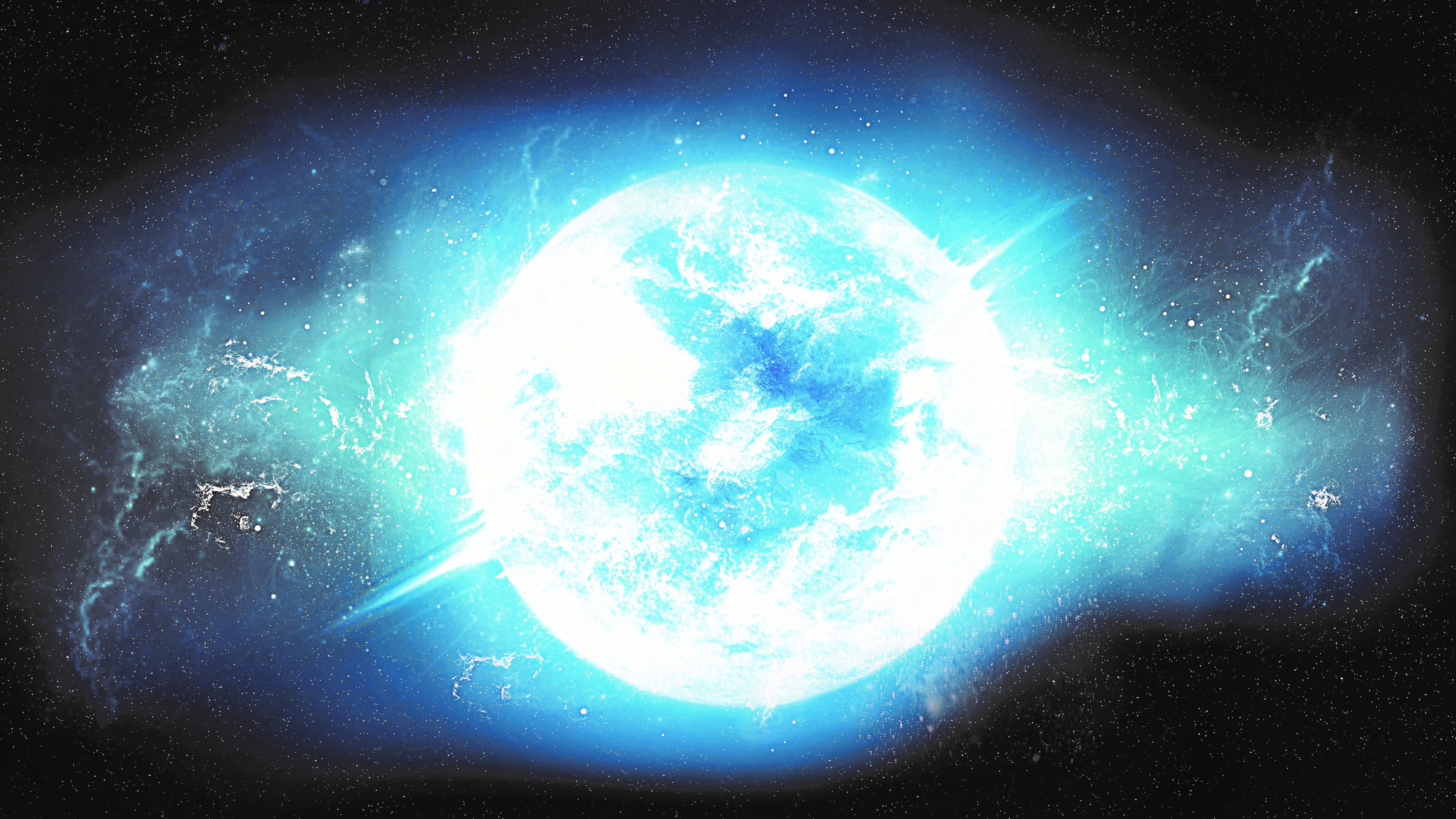
When stars like our sun have burnt themselves out, they shed their skins to leave behind a dead core. These stellar remnants are white dwarfs, pint-sized objects that are quite unlike any other. No bigger than Earth in diameter, they’re white-hot and slowly cooling as they fade away over billions and trillions of years.
Eventually, they will become stellar ghosts — mere shadows of their former selves. 97% of stars in the universe will one day turn into white dwarfs. In the cosmos’ far future you would be hard-pressed to find a star that’s burning with the aid of fusion, as the universe becomes littered with stellar corpses.
Read the full feature in the latest All About Space.
Where have these giant filaments come from?
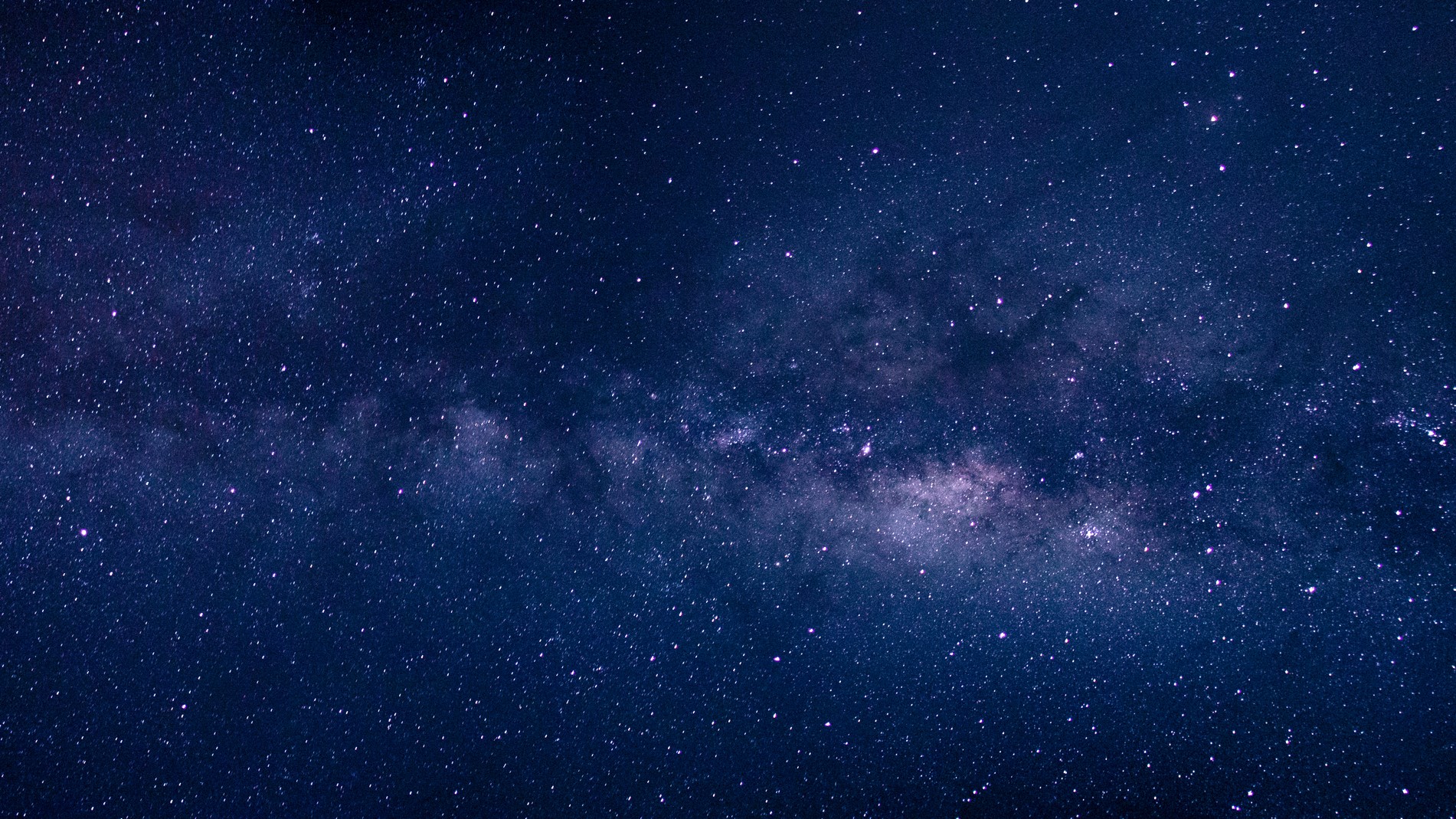
In 1984, astronomer Farhad Yusef-Zadeh was observing the night sky when he spotted something rather unusual that stopped him in his tracks. He had been working on his PhD at Columbia University, attempting to figure out the nature of compact sources. But along with colleague Don Chance and University of California at Los Angeles professor Mark Morris, he helped identify three large arcs some 150 light-years long.
Read the full feature in the latest All About Space.

